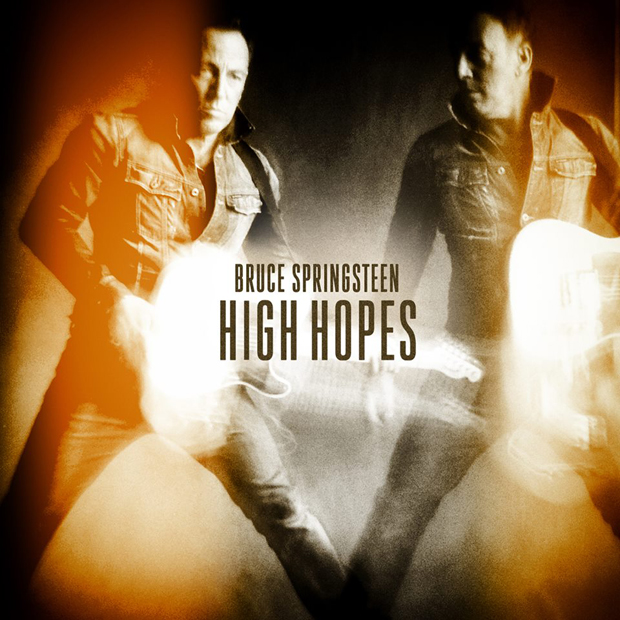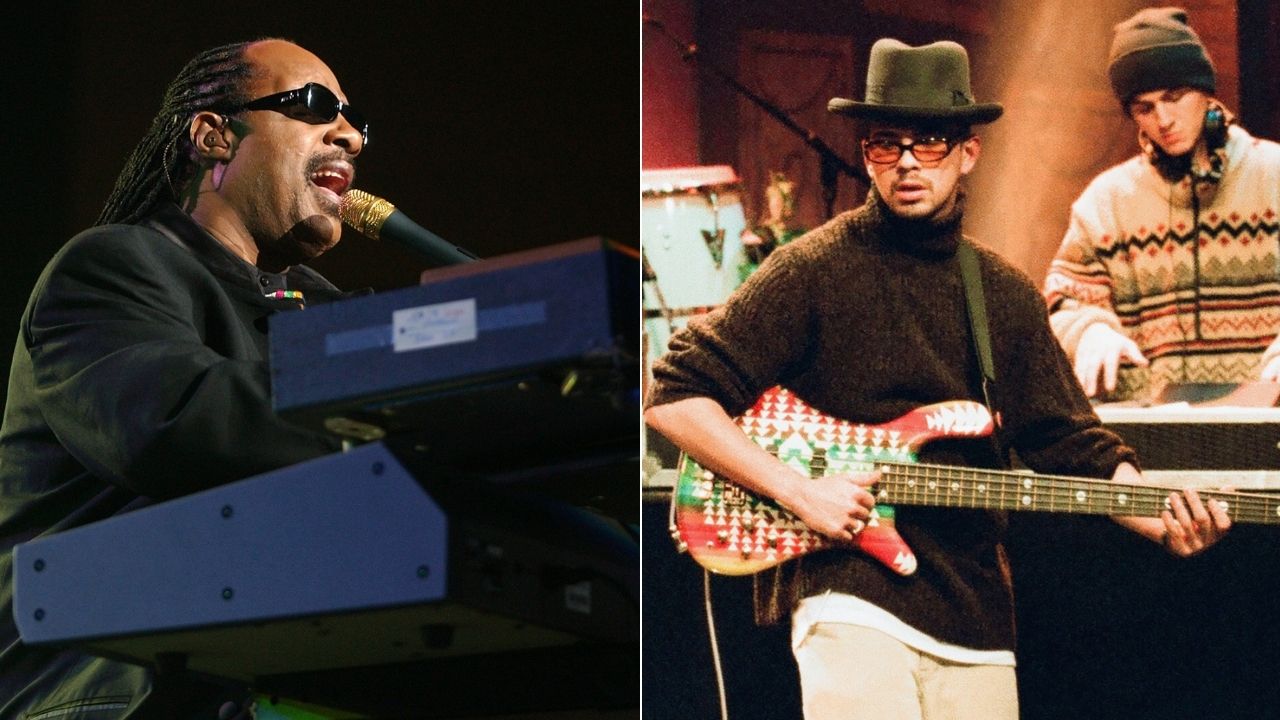First Listen: Bruce Springsteen’s ‘High Hopes’

The ultimate goal in rock music, as seen by some, is to make as much of an impression as possible on the audience. Often, a high-volume attack is a major part of that impression. The volume can be a symbol of anger, emotion, rawness, and expression. Most straight-rock bands, in their desire for blasting the faces off of their audience members, leave their acoustic guitars backstage only to bring out for a few obvious, slower ballads. It is rare to see a “rock” band who not only occasionally performs with only acoustic instruments, but makes them the backbone of their main live set up.
However, this anomaly was the case for the Havalinas, a legendary LA rock band whose typical live and studio set up was acoustic/stand-up bass/drums. Bruce Springsteen recently covered their lively acoustic rave-up, “High Hopes,” in the studio for the second time. But not only did the Boss cover the song alone; its sound became the catalyst for the recording of his new album, his 18th. Not so coincidentally, the album also bears the name of its biggest inspiration: High Hopes.
High Hopes is unlike any previous entry in the Springsteen catalog. For the first time, Springsteen decided to revisit demos and unfinished songs from the past decade. He re-mixed and added to the already existing recordings, creating a strange mix of old and new.
In that way, the very nature of its creation is its most damning problem. Featuring tracks written during many different times in his career, High Hopes has a hodge-podge, thrown-together quality that’s unusual for a Springsteen album. Springsteen’s best works usually have a uniting sonic theme; the wall-of-sound teenage fantasy of Born To Run, the desolate acoustic wasteland of Nebraska, the hollow post-9/11 America of The Rising, and so on. Springsteen was clearly many different states of mind when he wrote the songs on High Hopes, making the songs consistently clash with each other.
Even though songs like “Heaven’s Wall,” “Frankie Fell In Love,” and “Harry’s Place” fall far short of the high standards Springsteen has set for himself over the past decades, High Hopes is not without its highlights.
The album’s reworking of one of Springsteen’s most infamous songs, “American Skin (41 Shots),” is one of those high water marks. Originally written about the New York City Police Department’s slaying of Amadou Diallo, Springsteen has recently brought the song back to his live sets as a tribute to Trayvon Martin. Even with some over the top shredding towards its conclusion by Rage Against the Machine’s Tom Morello (a frequent contributor to High Hopes), it is a haunting, timely and politically charged song.
The album’s other wonderful moment comes in the form of “The Wall.” Telling the story of Walter Chicon, a Jersey Shore rock legend who never made it home from the Vietnam War, “The Wall” is a ballad rich with love, sentimentality and loss. As the album’s penultimate track, it packs a powerful emotional punch.
All the latest guitar news, interviews, lessons, reviews, deals and more, direct to your inbox!
High Hopes, in more than one way, is an unusual entry in Springsteen’s discography. But I guess that’s to be expected from a record that was inspired by a song an unusual, unique band. The Havalinas, who took a risk in making their passionate, spirited rock acoustically, ended up inspiring one of rock’s most accomplished songwriters to take a big risk of his own.
Find out more at www.brucespringsteen.netJackson Maxwell is a freshman at the University of Massachusetts Amherst. He is double majoring in history and journalism. He is a staff writer for the Massachusetts Daily Collegian and has his own music blog entitled “Two Dudes, Two Computers” with his friend Zach Newman. You can follow him here at twodudestwocomputers.tumblr.com/ or http://themotorcade.tumblr.com/
Jackson is an Associate Editor at GuitarWorld.com. He’s been writing and editing stories about new gear, technique and guitar-driven music both old and new since 2014, and has also written extensively on the same topics for Guitar Player. Elsewhere, his album reviews and essays have appeared in Louder and Unrecorded. Though open to music of all kinds, his greatest love has always been indie, and everything that falls under its massive umbrella. To that end, you can find him on Twitter crowing about whatever great new guitar band you need to drop everything to hear right now.

